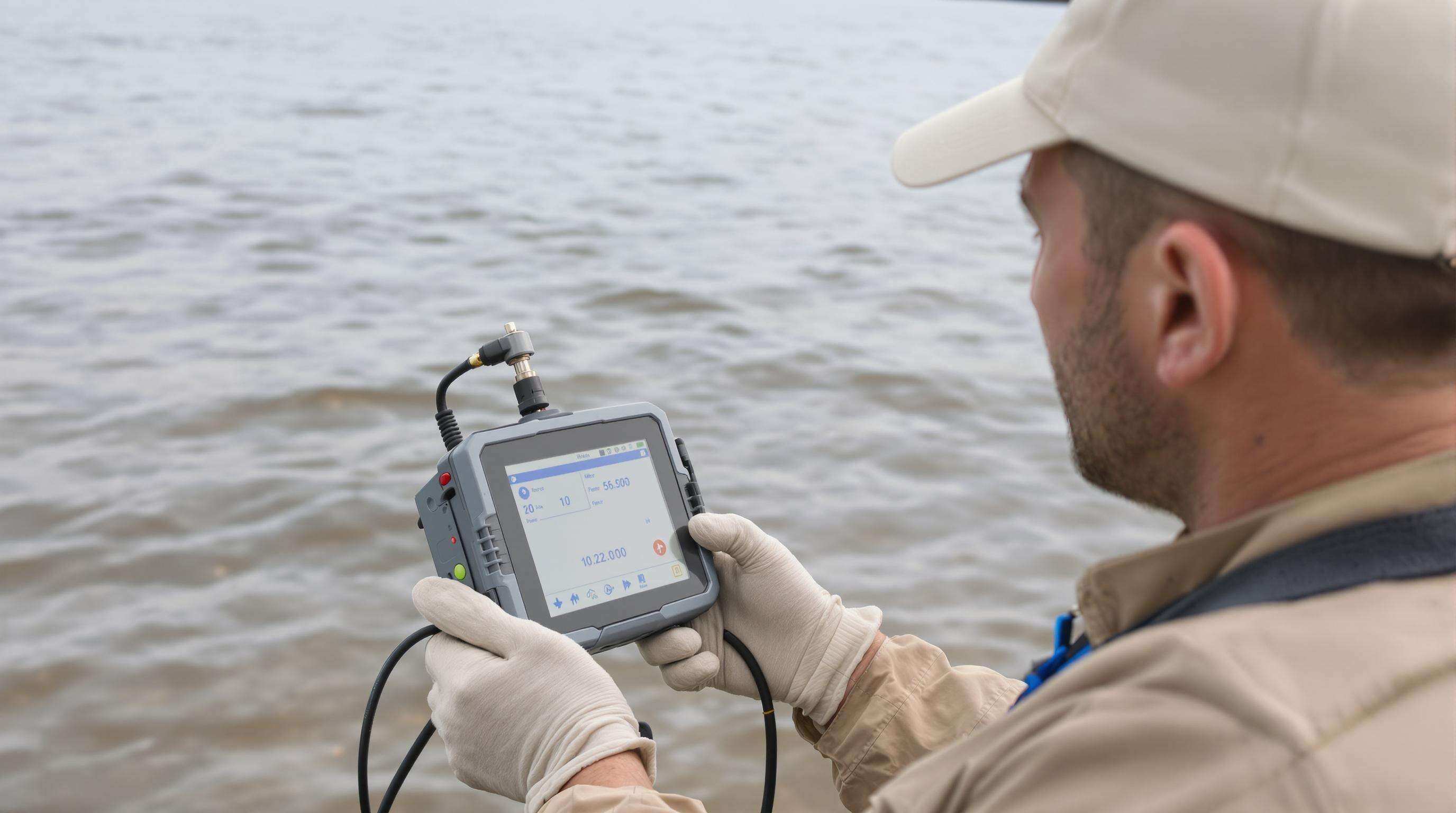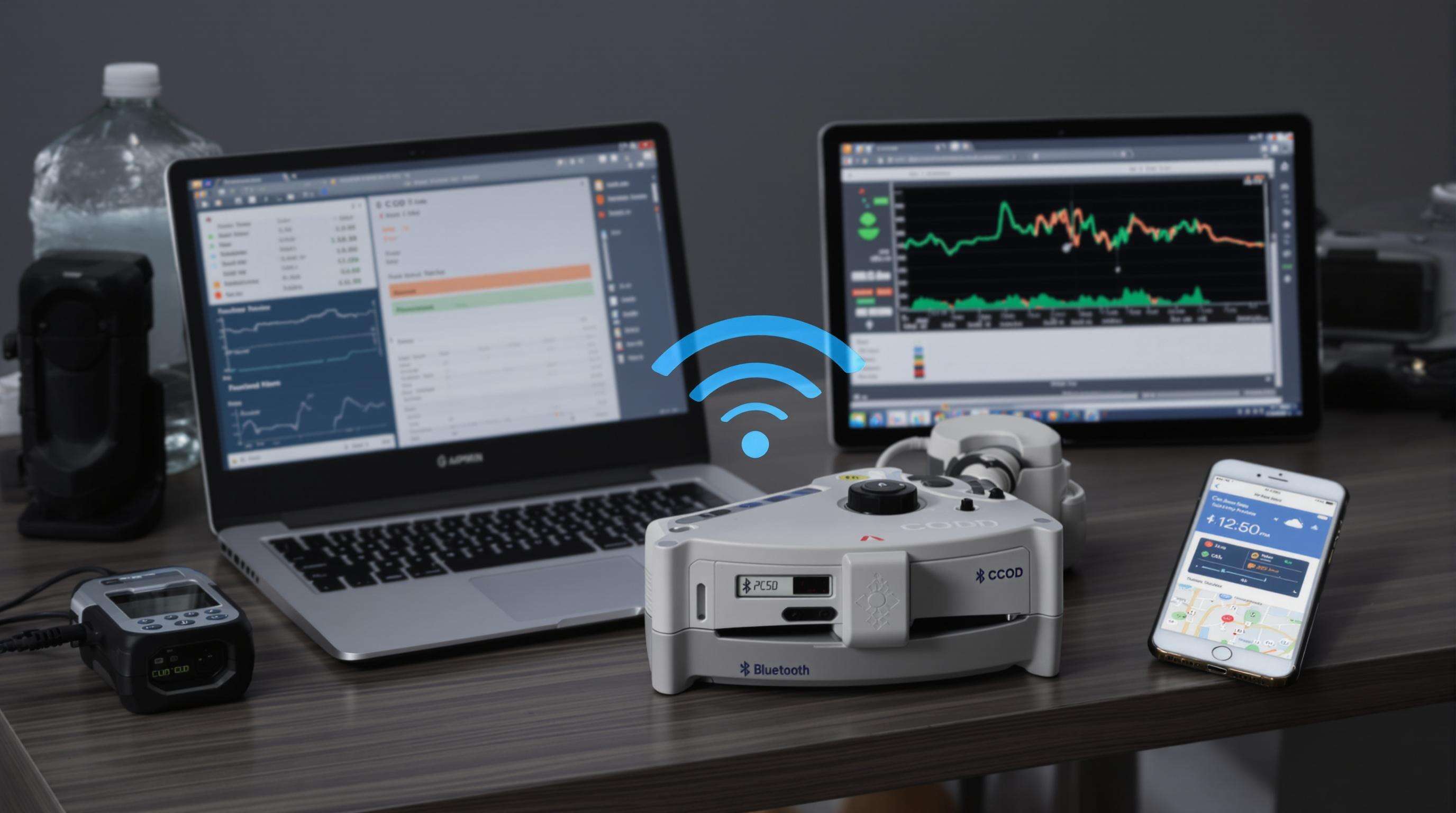How to Effectively Use Portable COD analyzer in Field Applications
What Is Chemical Oxygen Demand (COD)?
Chemical Oxygen Demand (COD): The amount of oxygen needed to chemically oxidize organic and inorganic waste in the water is called COD. Newsletter Get our email newsletter Signup Story: A readymade tool that detects pipeline leaks in hours Do you set stricter emissions targets for plants located near different pollutant sources? Thus, COD can stand for biodegradable materials such as twigs: and pullulation industry kerosines for a wide composite pollution investigation from petroleum reincarnations to agroindustry departures.
COD vs. BOD: Key Differences and Applications
Although COD represents the chemical oxidation of all compounds, Biochemical Oxygen Demand (BOD) reflects microbial decomposition of biodegradable substances in 5 days (BOD5). This difference explains why COD is better suitable for process control and BOD5 for natural biodegradation studies. The research could potentially lead to Earth-friendly alternatives to such chemicals and new guidance on safe levels of exposure, Mathews noted, citing a companion paper due next year in Frontiers in Environmental Science that identifies the ratios of COD/BOD5 as key biodegradability test parameters — European regulators set a COD/BOD5 threshold of 2.5 for determining wastewater treatment requirements. Municipal plants may do both — COD for better real-time operations, and BOD5 to assess the long-term ecological consequences.
Key Features and Advantages of Portable COD Analyzers for Field Use
Portability, Durability, and Rugged Design
Modern portable COD analyzers combine compact size (<3 kg) with IP54-rated casings to withstand rain, dust, and accidental drops. Their lithium-ion batteries support 8—12 hours of continuous operation, maintaining ±5% accuracy in temperatures from -10°C to 50°C—critical for landfill leachate monitoring or remote mining runoff inspections.
Real-Time Results and On-Site COD Measurement Capabilities

Field analyzers deliver lab-grade results within 10 minutes using spectrophotometric detection, helping wastewater operators adjust treatment processes during peak discharge events.
One-Step Dissolved COD Analysis in the Field
Advanced models feature self-cleaning cuvettes and pre-loaded reagent tablets. Operators inject 2 ml of unfiltered water, and the analyzer auto-adjusts for turbidity using UV-persulfate oxidation. Trials show 98% correlation with EPA Method 410.4 results, streamlining NPDES permit reporting.
Integration with Automated Sampling and Digital Data Logging

Leading analyzers sync with IoT-enabled sondes via Bluetooth to create temporal COD maps. GPS-tagged results auto-upload to centralized water quality management platforms, reducing manual errors by 74% (Pima County WQ Study 2023). This supports predictive maintenance and real-time discharge alerts for factories.
Best Practices for Accurate and Reliable Field Measurements with Portable COD Meters
Proper Calibration and Routine Maintenance in Harsh Field Conditions
Calibrate portable COD meters weekly using ASTM D1252 or ISO 15705 guidelines. Clean optical components after each use, verify reagents, and replace worn seals. For IP54-rated devices, ensure battery compartments remain sealed against moisture.
Sample Collection, Handling, and Preparation for On-Site COD Testing
Use non-reactive containers and homogenize samples gently. Filter particulates >0.45 μm if required. For delayed testing, preserve samples at 4°C and analyze within 48 hours.
Managing Chloride and Other Common Interferences in Field COD Analysis
High chloride concentrations (>1,000 mg/L) can inflate readings—use chloride-resistant reagents or mercury sulfate pretreatment. Pre-dilute samples exceeding detection ranges and correct for turbidity with blanks.
Ensuring Data Reproducibility Across Multiple Field Testing Sites
- Train teams on uniform protocols
- Perform inter-laboratory comparisons
- Log GPS coordinates and environmental conditions
Cross-validate meters monthly using certified standards (±5% variability).
Rapid Water Quality Assessment in Rivers, Lakes, and Watersheds
Field units map contamination 83% faster than labs. IP54-rated devices operate reliably in extreme conditions (-10°C to 50°C), while GPS models auto-map COD variations.
Supporting Sustainability Initiatives Through Real-Time COD Monitoring
A beverage manufacturer cut freshwater use by 18% using portable analyzers to optimize bioreactors. Real-time data supports UN SDG 6 (Clean Water) reporting.
Use of Portable COD Meters in Municipal and Emergency Response Scenarios
Authorities deploy analyzers during spills or floods—after a 2023 Ohio incident, handheld units confirmed safe downstream levels (<100 mg/L) within 4 hours.
Future Trends and Innovations in Portable COD Analysis Technology
Next-Generation Handheld COD Meters with IoT and Cloud Connectivity
75% of new meters will feature IoT modules (2024 forecast), reducing interference errors by 34% via machine learning (Aquatech 2023). Cloud integration enables predictive maintenance, cutting downtime 50%.
Expanding Role in Water Treatment, Labs, and Smart Environmental Monitoring
Applications include:
- 15-minute pollution hotspot mapping
- Algae bloom treatment validation
- Blockchain-secured compliance reporting
Asia-Pacific deployments rose 68% since 2022, driven by stricter regulations. Emerging uses include satellite-AI integration for carbon footprint tracking.
FAQ
Why are portable COD analyzers beneficial for field use?
Portable COD analyzers provide rapid, accurate results on-site. They are lightweight, durable, and designed for harsh environments, offering real-time insights into water quality without relying on delayed lab results.
How do portable COD meters integrate with modern technology?
Many portable COD meters feature IoT and cloud connectivity, enabling automated data logging, real-time monitoring, and integration with smart environmental monitoring systems for improved water quality management.

